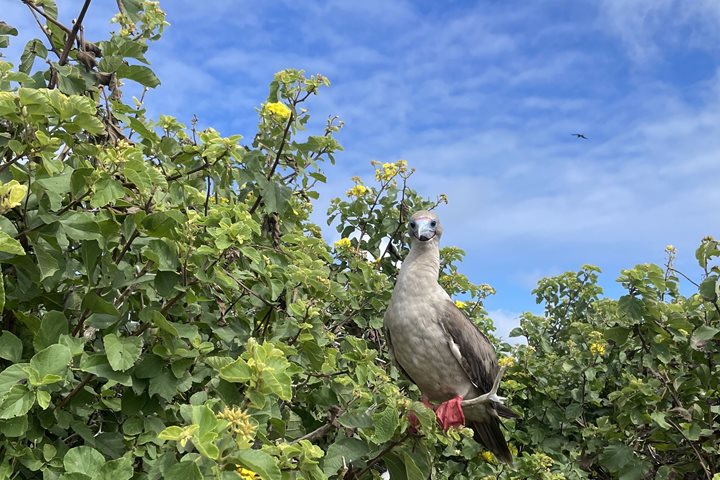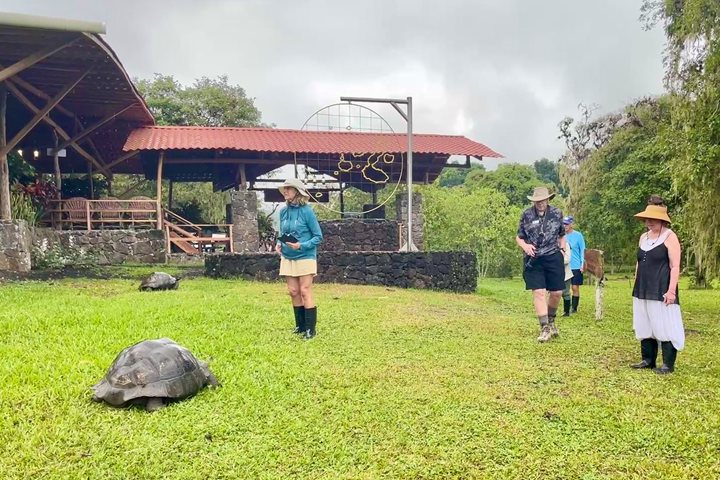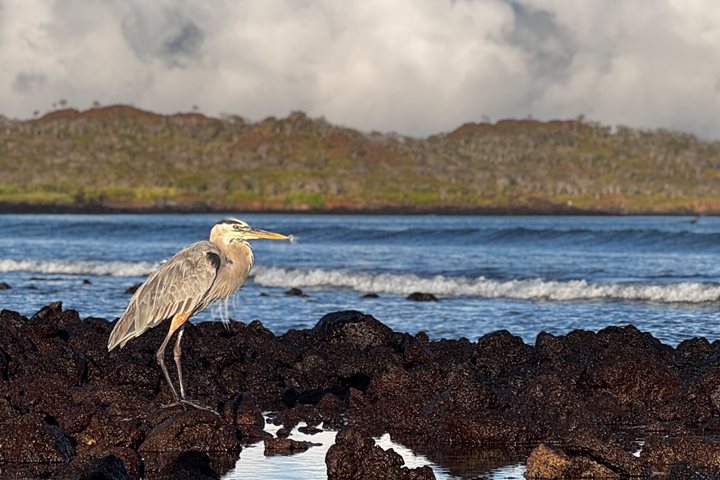Today we visited the largest island of the Galapagos archipelago, making up 58 percent of the total land mass—Isabela Island. In the morning we visited Urbina Bay, where we walked on upwelled terrain that occurred in 1954 due to volcanic activity. In this new area, we spotted our first group of Galapagos giant tortoises from Alcedo Volcano, standing by the trail. We also encountered lots of male yellow land iguanas. After a warm walk, we had the chance to cool down, swimming with penguins and sea turtles. For the rest of the day, we had multiple activities at Tagus Cove such as kayaking, paddle-boarding, snorkeling and Zodiac cruising. There was so much wildlife to be seen, and we spotted sea lions, pelicans, penguins and flightless cormorants. Another wonderful day in paradise onboard National Geographic Endeavour II.
5/29/2025
Read
National Geographic Gemini
Genovesa Island
Genovesa is considered one of the Galapagos crown jewels, and today it was showing off all of its splendor. Immediately after breakfast we put on our sturdy shoes and set out to explore Prince Philip’s Steps. This area is known for opportunities to observe not only large colonies of nesting Nazca and red-footed boobies, but maybe, just maybe, the short-eared owl which exhibits diurnal behavior on this island. After this walk we got ready for a dip in the Pacific Ocean and snorkeling along the inner coast of this caldera. The afternoon was equally amazing as we disembarked to explore Darwin Bay, along a short and easy trail that was packed with wildlife. Here we observed not only nesting frigatebirds, red-footed boobies, and Nazca boobies, but also a few yellow-crowned night herons. It was another incredible afternoon in the Galapagos Islands.







